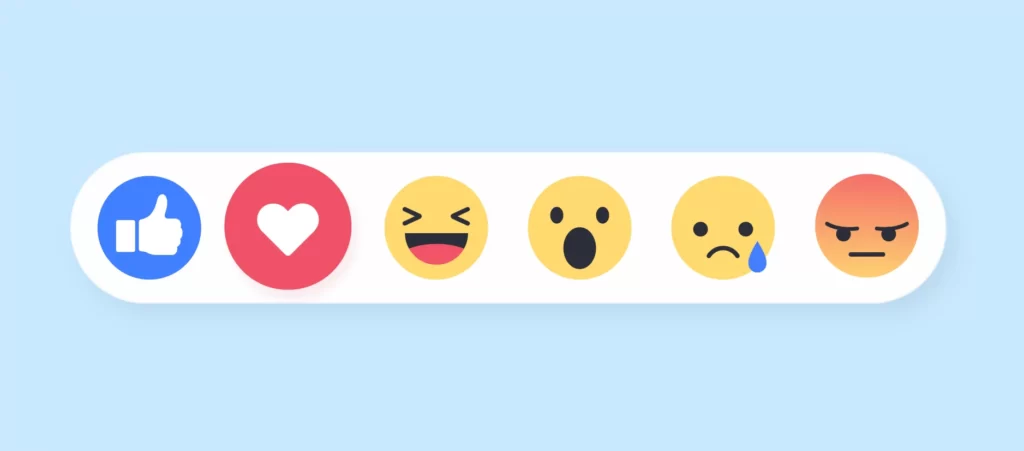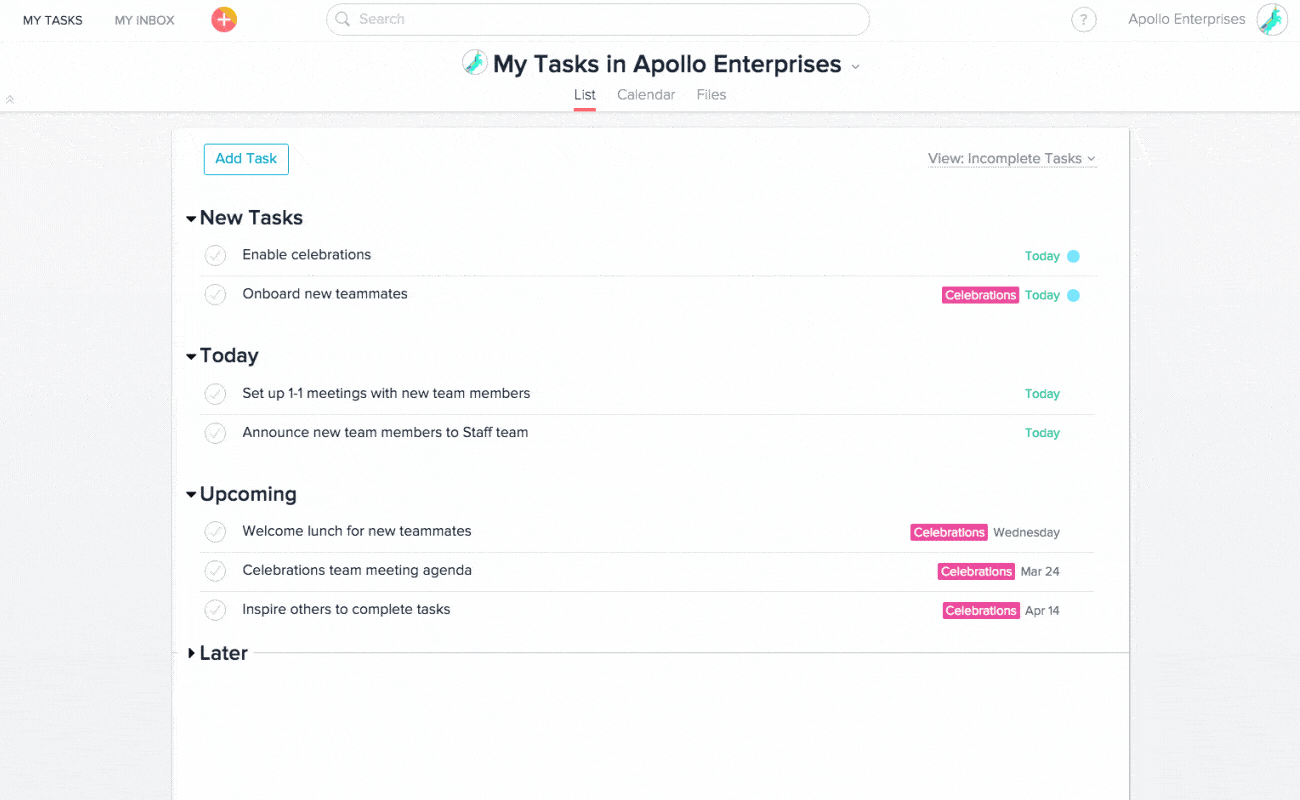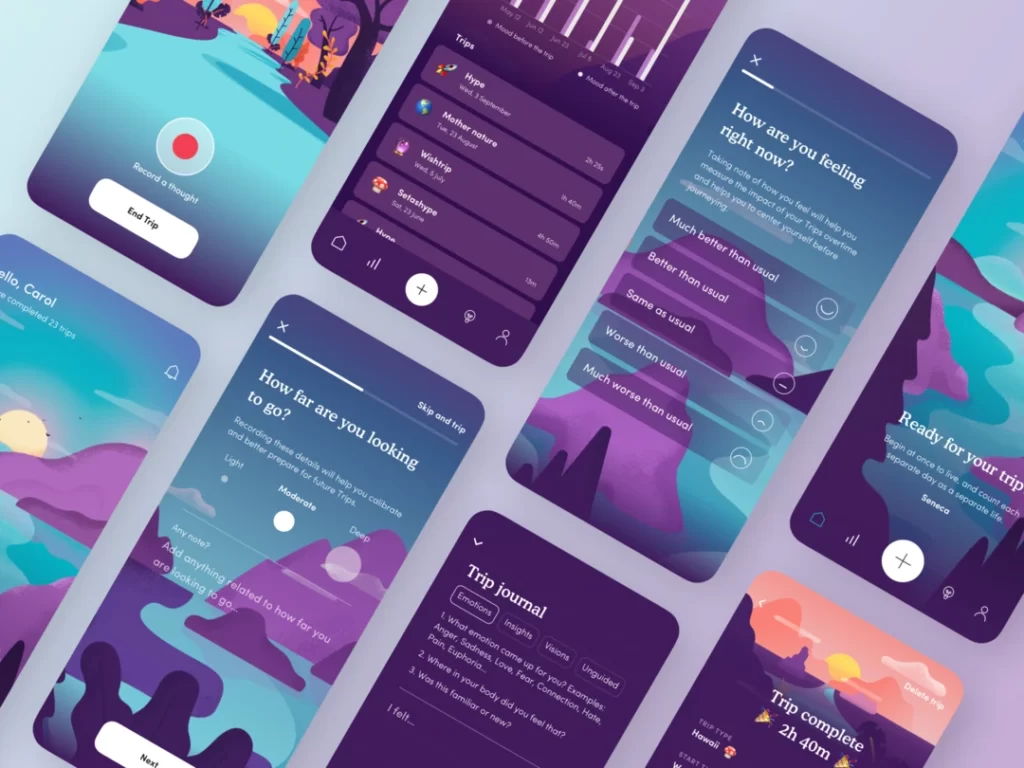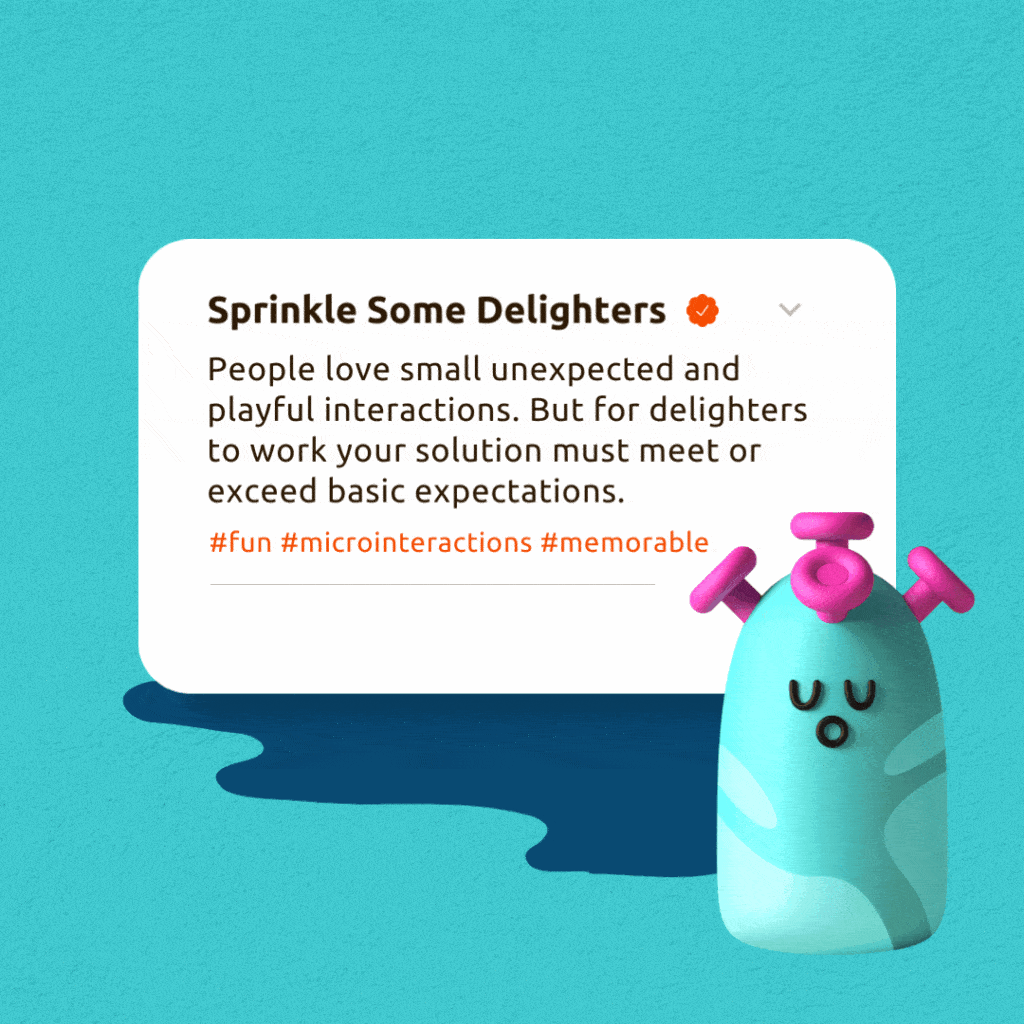Beginner's Guide to Microinteractions in Web Design
In the vast world of web design, every detail matters when creating an exceptional user experience. One such detail that has gained significant attention in recent years is microinteractions. These small, purposeful animations and interactions may go unnoticed at first glance, but they play a crucial role in engaging users and improving overall satisfaction. In this beginner's guide, we will explore the concept of microinteractions in web design, their benefits, and how to effectively incorporate them into your projects.
Table of Contents
Understanding Microinteractions

What Are Microinteractions?
They refer to the small, contained interactions within a website or application. Subtle animations, transitions, and feedback occur when users interact with specific webpage elements. These interactions can be as simple as a button changing colour when hovered over or more complex, like a progress bar indicating the completion of a task.
Their Importance in Web Design
Microinteractions are crucial in enhancing user experience and making websites more engaging. Here are a few reasons why they are essential in web design:
- Feedback and Communication: They provide instant feedback to users, letting them know their action has been registered. For example, when a user clicks a button and it animates or changes colour, it confirms that the move was successful. This feedback helps users understand the system's response and improves their overall experience.
- Guiding User Actions: They can guide users through complex processes or provide hints on interacting with certain elements. For instance, a tooltip that appears when hovering over an icon can provide additional context or instructions, making the interface more intuitive.
- Delightful Experiences: They have the power to evoke positive emotions and create memorable experiences. Well-designed microinteractions can surprise and delight users, making them feel more connected and engaged with the website or application.
- Usability and Navigation: Microinteractions can improve usability by helping users navigate a website more easily. For example, a dropdown menu that smoothly expands and collapses can make browsing a menu more efficient and enjoyable.
Examples of Microinteractions in Action
To better understand how microinteractions work, here are a few examples commonly found in web design:
- Button Animations: When a user hovers over a button, it changes colour, shape, or size, providing visual feedback. Clicking the button can trigger an animation, such as a loading spinner or a success checkmark, indicating that the action is being processed.
- Form Validation: When users fill out and submit a form, microinteractions can instantly validate the input. For example, if a required field is left empty, an error message can appear next to the field, guiding the user to correct the mistake.
- Notifications: They can display notifications or alerts to users. These can be a subtle animation, a toast message, or a small badge indicating new activity or updates.
- Hover Effects: They can provide visual cues when users hover over elements like links or images. This can include changing the colour, revealing additional information, or displaying a tooltip.
- Progress Indicators: When users wait for a process to complete, they can provide progress indicators, such as a loading animation or a progress bar. This helps manage user expectations and provides reassurance that the system is working.
Microinteractions and Website Speed
When incorporating microinteractions in web design, it is crucial to consider their impact on site speed, as a fast-loading website is paramount for optimal user experience. Implementing lightweight animations and optimising their code can make your website fast without compromising visual appeal and engagement. Furthermore, it's important to note that site speed matters for SEO, as search engines prioritise fast-loading websites in their rankings. By ensuring that your microinteractions contribute to a speedy website, you enhance user engagement, visibility, and search engine performance.
The Benefits of Microinteractions

Enhancing User Engagement
One of the key benefits of integrating microinteractions into web design is their ability to enhance user engagement. Adding subtle animations and interactions makes websites more dynamic and interactive, capturing users' attention and encouraging them to explore further. They create a sense of responsiveness, making users feel they interact with the interface. This increased engagement can lead to longer session durations, higher click-through rates, and improve overall user satisfaction.
Guiding User Actions and Feedback
Microinteractions serve as valuable guides, helping users understand how to interact with different web page elements. They provide clear signals and feedback through animations, hover effects, and visual cues, ensuring users know their available options and actions. For instance, when a button changes colour or shape upon hover, it indicates its clickable nature. Additionally, they can provide instant feedback when users perform actions, such as displaying a loading spinner when a form is submitted. This guidance and feedback contribute to a smoother user experience and reduce the chances of confusion or frustration.
Creating Delightful Experiences
Incorporating well-designed microinteractions can elevate the overall user experience and create delightful moments of interaction. Small animations, transitions, and surprises can evoke positive emotions in users, making them feel more connected to the website or application. Delightful microinteractions not only leave a lasting impression but also foster a sense of enjoyment and satisfaction, which can strengthen user loyalty and drive repeat visits. By carefully considering the aesthetics and timing, designers have the opportunity to craft memorable experiences that resonate with users.
Improving Usability and Navigation
Microinteractions play a significant role in improving the usability and navigation of websites. By providing visual cues and feedback, they help users understand the system's response to their actions and guide them through various tasks. For example, a smoothly expanding and collapsing dropdown menu enhances the navigation experience, allowing users to access information more efficiently. Progress indicators, such as loading animations or progress bars, keep users informed about the status of ongoing processes, reducing uncertainty and improving overall usability. Additionally, they can assist in highlighting essential elements, simplifying complex interactions, and making the general user interface more intuitive.
Designing Effective Microinteractions

Defining Clear Goals and Purpose
Before incorporating microinteractions into your web design, it's crucial to establish clear objectives and determine the intended purpose of each interaction. Consider what you want to achieve with these small interactions. Are they meant to provide feedback, guide users, or create delightful experiences? Setting specific goals ensures that each interaction serves a meaningful purpose and aligns with your overall user experience strategy.
Focusing on User-Centric Design
Designing effective microinteractions in web design requires a user-centric approach. Keep your target audience's needs, preferences, and behaviours in mind. Understand their expectations and how they typically interact with similar interfaces. You can create intuitive microinteractions that enhance the overall user experience by gaining insights into your users. User research, personas, and usability testing can provide valuable guidance for designing user-centric interactions.
Keeping Interactions Subtle and Non-Intrusive
To be effective, they should be subtle and unobtrusive. They should enhance the user experience without overwhelming or distracting users. Avoid excessive animations, complex interactions, or visual effects that might hinder users' interaction with the website. Strive for simplicity and elegance in your interactions, ensuring they seamlessly integrate with the overall design.
Balancing Consistency and Surprise
Striking a balance between consistency and surprise is crucial when designing microinteractions. Consistency ensures that users anticipate and understand how interactions will behave throughout the website. Users can form mental models and easily navigate using consistent visual cues, timing, and animation styles. However, introducing occasional surprises in specific interactions can create moments of delight and engagement. These surprises should align with your brand's personality and user expectations, enhancing the experience without confusion.
Testing and Iteration
Once you have implemented the interactions, gather user feedback and conduct usability tests to evaluate their impact on the user experience. Analyse how users interact with the interactions, identify any issues or areas for improvement, and make necessary adjustments. Iterative design allows you to refine and optimise the interactions based on real user insights, resulting in a more intuitive and engaging experience.
Implementing Microinteractions in Web Design

Identifying Key User Touchpoints
When implementing microinteractions in web design, it is crucial to identify the critical user touchpoints where these interactions will have the most impact. Start by analysing your website or application and identifying areas where user actions or feedback can be enhanced. These touchpoints can include buttons, form fields, navigation elements, icons, or any essential interactive elements for user engagement.
Choosing the Right Animation and Timing
Once you have identified the touchpoints, choosing the appropriate animations and timing for your microinteractions is essential. The animation style should align with your overall design language and brand identity. Consider their purpose and how they can provide meaningful feedback or guide the user's actions. The animation should feel natural and intuitive, whether it's a subtle fade-in effect or a more pronounced movement.
Timing is also crucial. They should occur at the right moment to ensure a seamless user experience. For example, if a button animates too slowly or quickly, it may confuse or frustrate the user. Strive for a balance between responsiveness and providing enough time for users to understand and react to the interaction.
Optimising for Mobile and Responsive Design
Optimising microinteractions for mobile and responsive design is essential as mobile devices dominate internet usage. Mobile screens have limited space, so they should be designed with touch-based interactions. Ensure the interactions are easily accessible and responsive to touch gestures like tapping, swiping, and scrolling.
In responsive design, they should adapt to different screen sizes and orientations. Elements should resize and reposition accordingly, maintaining the same functionality and engagement across devices. Test them on other devices and screen sizes to ensure a consistent and seamless experience.
Accessibility Considerations
Accessibility should always be a priority in web design. Consider users with disabilities who may rely on assistive technologies like screen readers or alternative input methods. Ensure that microinteractions are perceivable, operable, and understandable for all users.
Provide alternative means of interaction and feedback for users who may not be able to perceive them visually. For example, include descriptive alt text for images, provide keyboard accessibility, and use ARIA attributes to convey additional information.
Tools and Frameworks
Several tools and frameworks can assist you in implementing microinteractions in web design effectively. These resources offer pre-built animations, templates, and libraries that can easily integrate into your web design projects. Some popular options include:
- GreenSock (GSAP): A JavaScript animation library that provides powerful tools for creating complex and performant microinteractions.
- Animate.css: A CSS animation library that offers a wide range of pre-built animations that can be applied to various elements on your website.
- Lottie: A library that enables Adobe After Effects animations as scalable vector animations (JSON files) on the web.
- CSS transitions and animations: Utilise CSS properties such as transition and animation to create simple yet effective microinteractions without relying on external libraries.
When selecting tools and frameworks, consider their compatibility with your chosen web development stack and the level of customisation and control they offer.
Section
Inspiring Examples of Microinteractions

E-Commerce
In the world of e-commerce, microinteractions can significantly enhance the user experience and facilitate smooth interactions between users and online stores. Here are a few inspiring examples:
a) Product Image Zoom: When users hover over product images, it can be triggered to zoom in and provide a closer look at the item. This allows customers to examine the product details more closely without navigating to a separate page.
b) Add-to-Cart Animation: When users click the “Add to Cart” button, subtle animation can provide visual confirmation that the item has been added successfully. This can be in the form of a small cart icon bouncing or a notification appearing briefly, reinforcing the action and encouraging users to continue shopping.
Social Media Platforms
They rely heavily on microinteractions to engage users and encourage interaction with platform posts and content. Here are some notable examples:
a) Like and Share Animation: When users click the “Like” or “Share” button on a post, a microinteraction can animate the button or provide a visual cue to signify the action. For instance, the button can change colour, animate with a heart icon, or display a numerical increase to indicate the number of likes.
b) Notifications: Social media platforms often utilise microinteractions to notify users of new activities or updates. This can include displaying a small notification badge or animating the notification icon when there are new messages, comments, or friend requests.
Conclusion on Microinteractions in Web Design
Microinteractions in web design have become indispensable, offering immense potential for improving user experience and engagement. By understanding their purpose, benefits, and practical implementation strategies, you can take your web design projects to the next level. As a beginner, experimenting with microinteractions can be an exciting journey, allowing you to create beautiful websites that leave a lasting impression on your users. Start integrating microinteractions into your designs today, and witness their transformative power.
